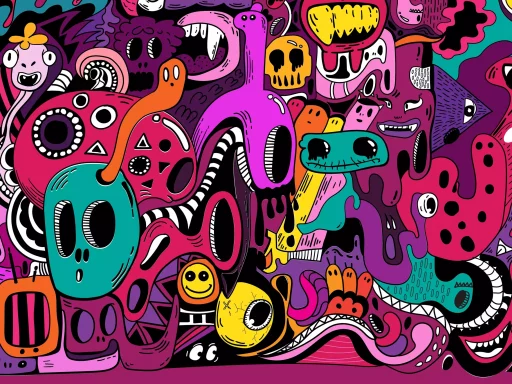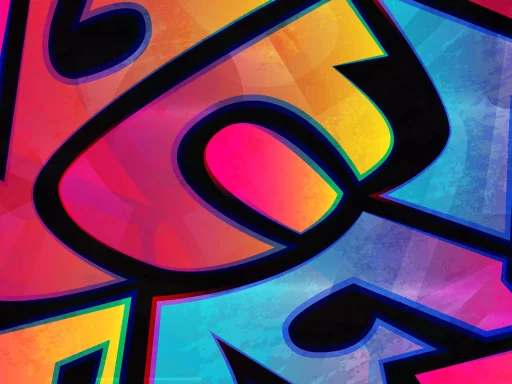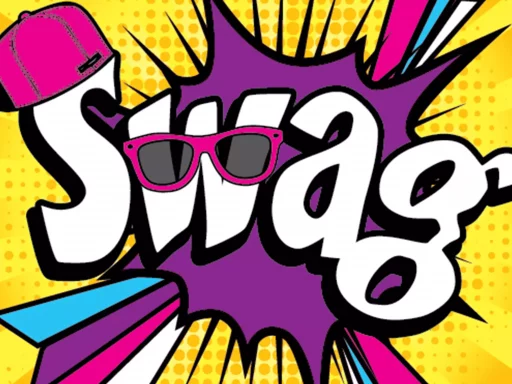Introduction to Globe Slang
Language is dynamic, constantly evolving, and adapting to the cultures and societies that use it. Among the fascinating facets of language are the unique forms of slang developed around the world, often dubbed “globe slang.” This article explores the phenomenon of globe slang, highlighting its forms, examples, and broader cultural implications.
Understanding Globe Slang
Globe slang refers to informal language codified in various regions, cultures, and communities. It often emerges from social dynamics, youth culture, technological advancements, and cultural exchanges. Unlike standard language, globe slang can vary significantly in meaning, pronunciation, and usage based on geographical contexts.
Why Slang Matters
Slang is not just playful language; it serves several important purposes:
- Identity: Slang can be a means of identity, helping speakers align with cultural or social groups.
- Innovation: Slang reflects the evolution of language, often birthing new phrases or words that eventually make their way into mainstream language.
- Exclusivity: Understanding and using slang can create a sense of belonging among peers.
Examples of Globe Slang
Popularity of slang terms can fluctuate within different regions, and here are a few prominent examples:
- Lit – Originally from American hip-hop culture, “lit” means something is exciting or excellent.
- Bae – A term of endearment meaning ‘before anyone else,’ particularly commonly used in the U.S.
- Mandem – A London-based term referring to a group of friends, often used in British slang.
- Shukran – An Arabic word for ‘thank you,’ often used in Middle Eastern countries but has become familiar even in non-Arab contexts.
- FOMO – Standing for ‘Fear Of Missing Out,’ this term arose from social media culture spread through the globe.
Case Study: The Rise of Internet Slang
As technology has advanced, so has language usage, particularly with the rise of the internet. Online platforms and social media have given birth to a plethora of slang words.
According to a study by Global Language Monitor, over 4,000 new words and phrases were added to the English language between 2011 and 2021, heavily influenced by social media interactions. The impact of platforms like Twitter, Instagram, and TikTok on language is profound.
For example, the term “stan” derived from Eminem’s song of the same name, referring to an overzealous fan, has become a staple in describing intense fan behavior across the globe.
Statistics of Slang Usage
Research from Oxford Languages reveals the following:
- 71% of young people feel that slang is essential to express their identity.
- 68% of surveyed adults noted that they frequently use slang in their day-to-day communication.
- Tech and internet-related slang have seen a 112% increase in usage from 2015 to 2021.
Slang’s Cross-Cultural Journey
Globe slang isn’t confined to the English language. Many languages have their own forms of slang that reflect local culture and humor. For instance,:
- In Japanese, the term “Kawaii” has grown from meaning ‘cute’ into a broader cultural phenomenon representing an entire lifestyle and aesthetic.
- In Nigerian Pidgin English, the phrase “How far?” serves as a casual greeting equivalent to “How are you?” or “What’s up?”.
These examples illustrate how slang can transcend traditional linguistic boundaries, fostering cultural exchange and understanding.
The Future of Globe Slang
As society continues to evolve and adapt to new technologies and cultural happenings, so will the language we use. Globe slang is poised to become even more diverse, influenced by globalization, online interactions, and cultural sharing.
In conclusion, globe slang serves not only as an interesting aspect of communication but also as a mirror reflecting social changes and cultural movements. It brings people together, allows for creativity in language, and represents the vivid tapestry of human expression.
Conclusion
Embracing and understanding globe slang is crucial in today’s interconnected world. Whether you’re a linguist, a traveler, or someone who enjoys cultural exchanges, delving into the colorful world of slang can enhance interpersonal interactions and broaden one’s perspective on global culture.






